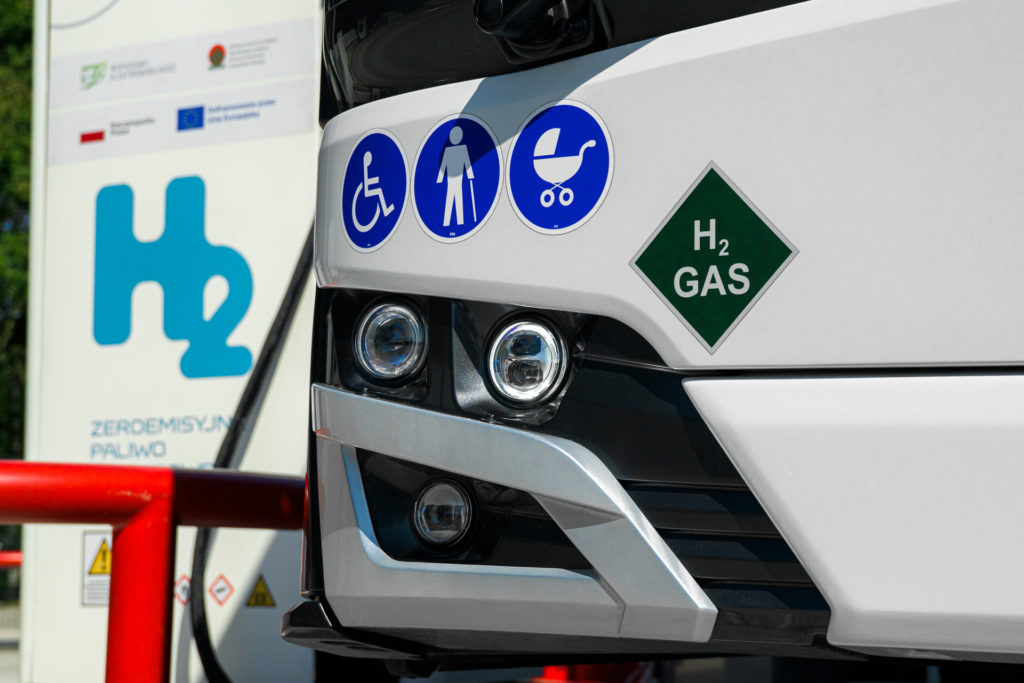
EV, BEV, HEV, PHEV, FCEV – what does it all mean?
The development of electromobility is considerably expanding the range of electric drives on the market. To better understand the differences between them, it is useful to know a few terms. These are acronyms such as EV, BEV, HEV, PHEV and FCEV. They help us to quickly identify the technology under the bonnet of a vehicle and its level of electrification.
How do you understand the acronyms used to describe electric vehicles? Read our quick guide to these symbols.
EV (Electric Vehicles)
The broadest category is simply electric vehicles, known as EVs (Electric Vehicles). These are defined as designs that rely solely on electricity for propulsion. This group includes the popular electric cars and buses, as well as trams, trains and trolley buses, and even some ships, boats and aircraft. Electric bicycles and scooters or other personal transport devices are also classified as electric vehicles. All electric vehicles can be classified as zero-emission vehicles.
BEV (Battery Electric Vehicles)
One type of electric vehicle relies solely on electricity stored in rechargeable batteries. The rapid development of battery technology has made this type of vehicle very popular in recent years. Technological advances have given Battery Electric Vehicles (BEVs) the performance to compete with their internal combustion engine counterparts.
HEV (Hybrid Electric Vehicles)
Although the English name for hybrid electric vehicles (HEVs) includes the term ‘electric vehicle’, hybrids do not quite fit the bill. This is because, in addition to an electric drive, they also have an internal combustion engine that drives an electric motor. This motor also acts as an energy generator and can recover energy during braking and store it in electric batteries to support the drivetrain. These batteries are usually supercapacitors or, less commonly, small batteries. Hybrid vehicles are low-emission vehicles – they emit CO2 and polutions, but have less of a negative impact on the environment than fully internal combustion alternatives.
PHEV (Plug-in Hybrid Electric Vehicles)
An evolution of the hybrid vehicle concept are plug-in hybrids (PHEV – Plug-in Hybrid Electric Vehicles), which can be ‘plugged in’ to external power source. Like battery-powered vehicles, plug-in hybrids have batteries that are smaller than those used in pure electric vehicles, but offer significantly more capacity than the supercapacitors or relatively small batteries used in standard hybrid designs.
Plug-in hybrids can be connected to an external power source, such as an electrical outlet or charging station, allowing them to travel longer on electric power alone. We also classify PHEVs as low emission vehicles.
FCEV (Fuel Cell Electric Vehicles)
Fuel Cell Electric Vehicles (FCEVs) are the most technologically advanced type of electric vehicle. They are equipped with a fuel cell in which fuel (usually hydrogen) is converted into electricity. The only by-product of the reaction is condensed water vapour. FCEV designs, like plug-in hybrids, have batteries and the energy stored in them is generated by the fuel cell. Hydrogen-powered vehicles are completely emission-free.